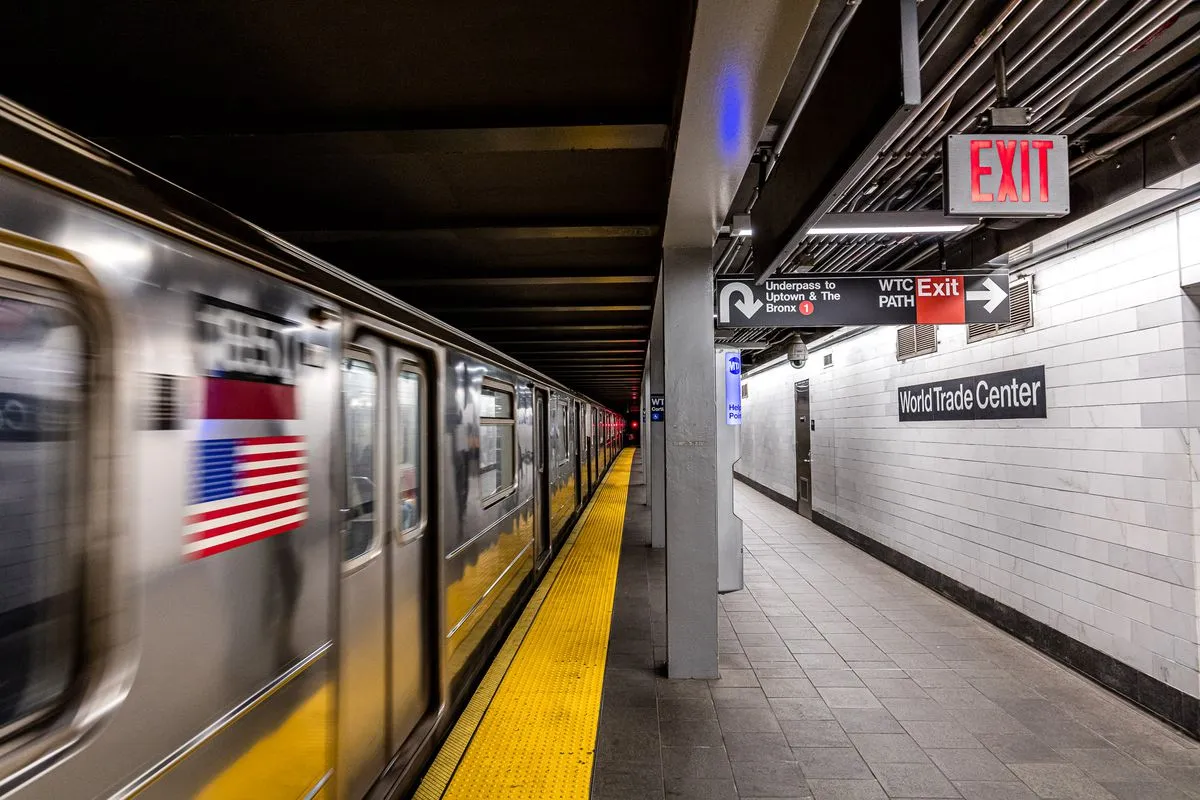
New York City's infrastructure faces a crossroads. The Metropolitan Transportation Authority's (MTA) recent pause on crucial projects, like the Second Avenue Subway extension, raises a critical question: can the city balance its transportation needs with economic anxieties in the post-pandemic era?
The culprit behind the stalled projects is Governor Hochul's decision to delay the congestion pricing plan. This initiative aimed to generate revenue for transit improvements by charging drivers entering Manhattan's core. However, concerns about its impact on a still-recovering economy led to the postponement.
The New York Building Congress (NYBC) warns this delay is a "doom spiral," jeopardizing not just current projects but future ones reliant on that revenue stream. Construction firms, large and small, are expected to feel the pinch, with job losses and a stifled economic ripple effect.
The consequences extend beyond economics. Long-awaited projects like the Second Avenue Subway extension promised to ease congestion and improve reliability for millions of commuters. Delays in these upgrades could lead to a future of even more crowded trains and longer commutes, further straining an already overburdened system.
The situation presents a complex challenge. While congestion pricing could offer a sustainable source of funding, concerns about its impact on businesses and residents are valid, particularly during an inflationary period.
Moving forward, a balanced approach is crucial. Open dialogue is needed between policymakers, businesses, and residents. Can congestion pricing be implemented with measures to mitigate its economic impact on struggling businesses and vulnerable communities? Are there alternative funding sources to consider?
Ultimately, the question boils down to this: is New York City willing to accept the consequences of delayed infrastructure development, or can a solution be found that ensures long-term growth while remaining sensitive to short-term economic anxieties?
This article doesn't advocate for one solution over another, but rather aims to spark a thoughtful discussion about the complex factors at play in securing a sustainable future for NYC's vital transportation network.